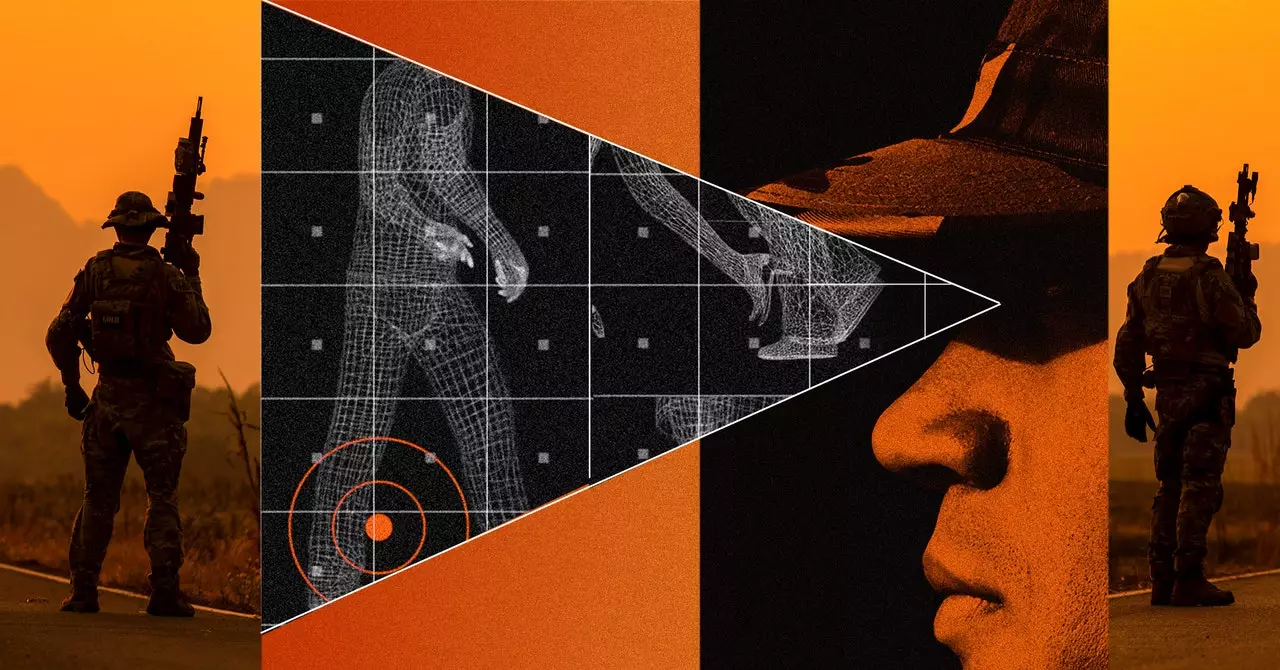As the sun sets on a politically volatile urban center, American special operators find themselves in a precarious situation. With local activity on the rise and a vague but high threat level looming, the team must proceed with caution to avoid drawing unwanted attention from hostile elements. In an effort to assess potential threats, the operators decide to take a more subtle approach, blending in with the crowded streets to gather valuable intelligence.
The concept of the hyper-enabled operator (HEO) is a fascinating development in the realm of US special operations forces. Initially introduced in 2019 as a successor to the Tactical Assault Light Operator Suit (TALOS) program, the HEO aims to provide warfighters with a cognitive advantage on the battlefield. Rather than relying solely on physical enhancements like advanced body armor, the focus is on equipping operators with cutting-edge technology to enhance their situational awareness and decision-making capabilities.
While the TALOS program, inspired by the tragic death of a Navy SEAL in Afghanistan, ultimately faced challenges in integrating its various components, it paved the way for the development of the HEO concept. By leveraging the lessons learned from TALOS, the HEO program shifts the focus from physical survivability to cognitive superiority. The goal is to empower operators to outmaneuver their adversaries by processing information faster and making more informed decisions in real-time.
Central to the HEO concept is the integration of advanced communications equipment and a sophisticated sensor suite. By leveraging cutting-edge computing architecture, operators can gather and analyze data on the fly, distilling it into actionable intelligence through a streamlined interface like a head-up display. This technology enables operators to operate “at the edge,” in environments where traditional communication networks may be limited or unavailable.
Building on the concepts introduced by former fighter pilot John Boyd, the HEO program seeks to tighten the OODA loop (observe, orient, decide, act) to give operators a decisive advantage in decision-making. By providing operators with the right information at the right time, the goal is to enable them to outthink and outmaneuver the enemy on the battlefield. The HEO program is designed to enhance the cognitive capabilities of operators, allowing them to process complex information rapidly and make strategic decisions with precision.
The future of US special operations forces lies in the hands of the hyper-enabled operator. By leveraging technology to enhance situational awareness and decision-making capabilities, the HEO program represents a significant leap forward in the evolution of warfare. As defense officials and science fiction writers alike speculate on the future of military technology, the HEO concept offers a glimpse into a new era where cognitive superiority takes center stage in the fight against complex threats. The hyper-enabled operator is poised to revolutionize the way special operations forces approach missions, paving the way for a more agile, informed, and effective fighting force in the years to come.


Leave a Reply
You must be logged in to post a comment.